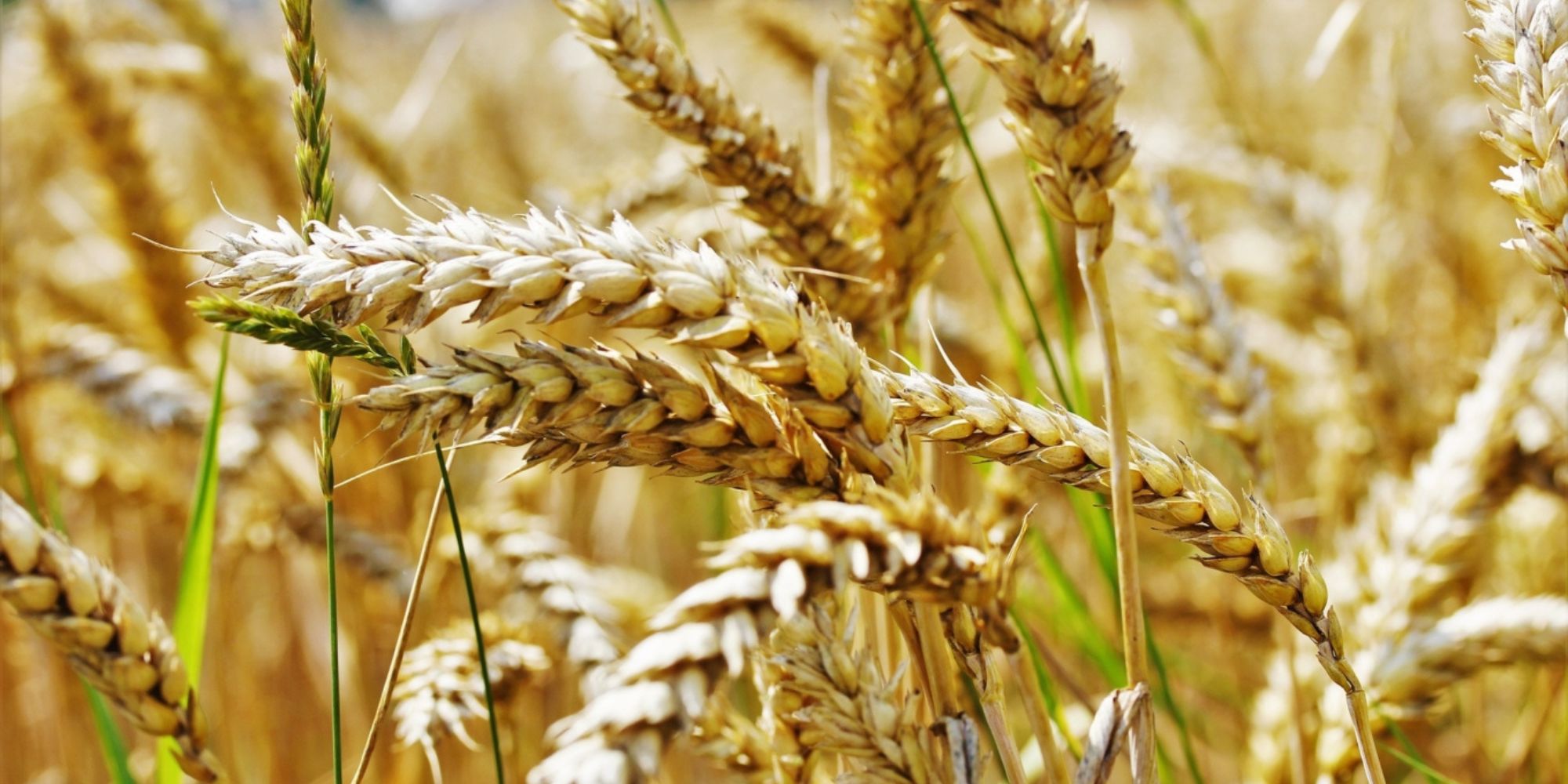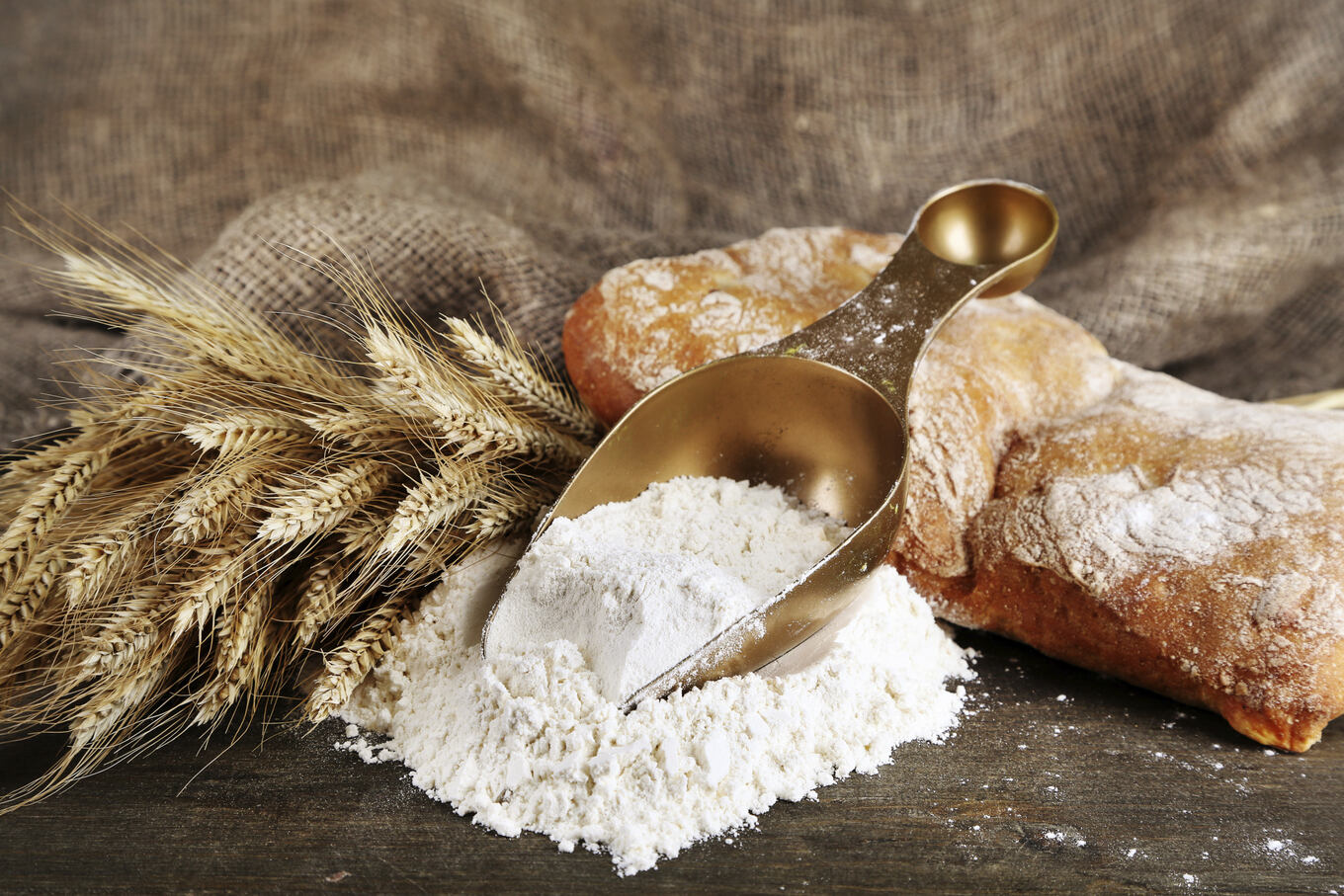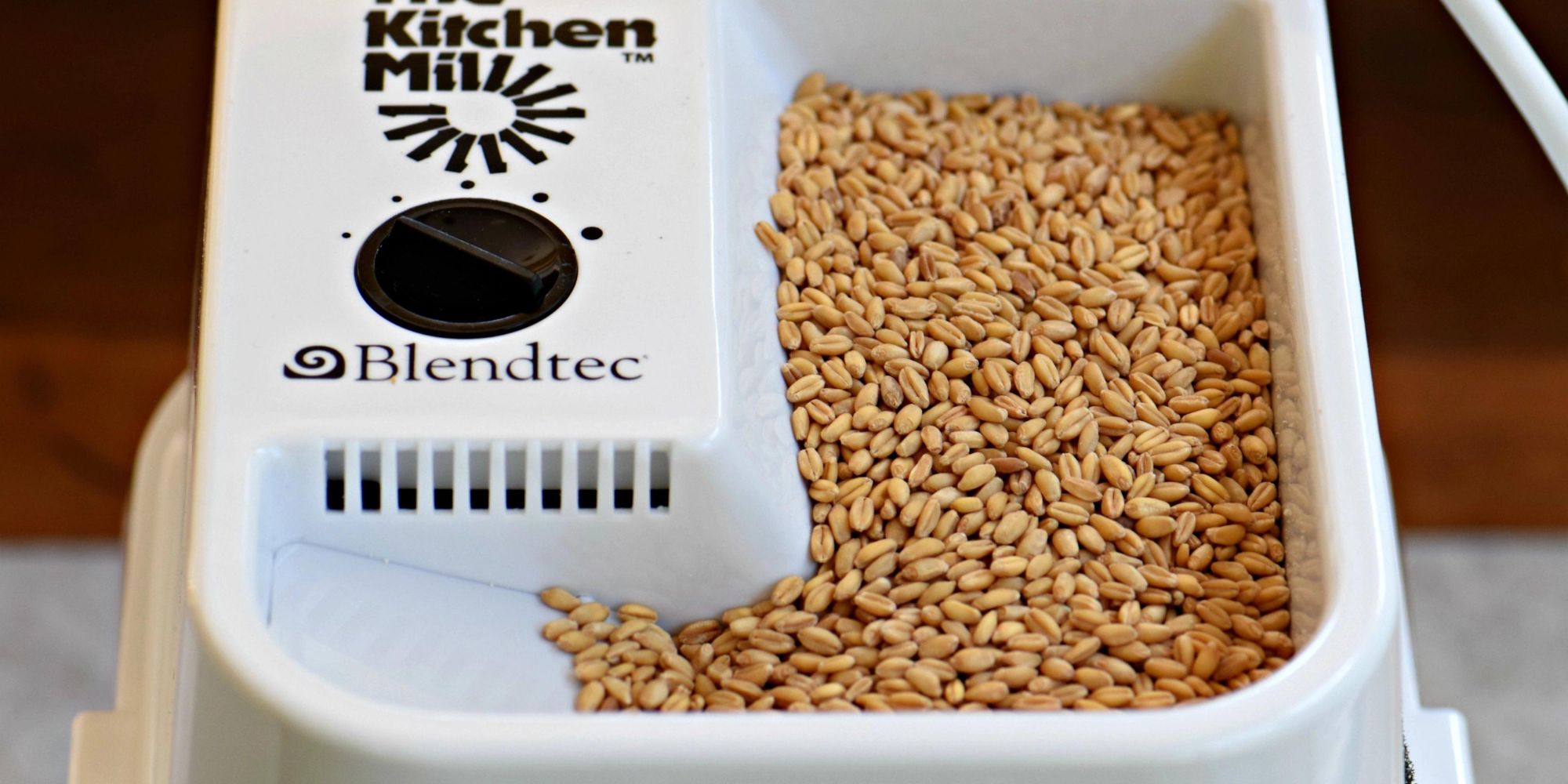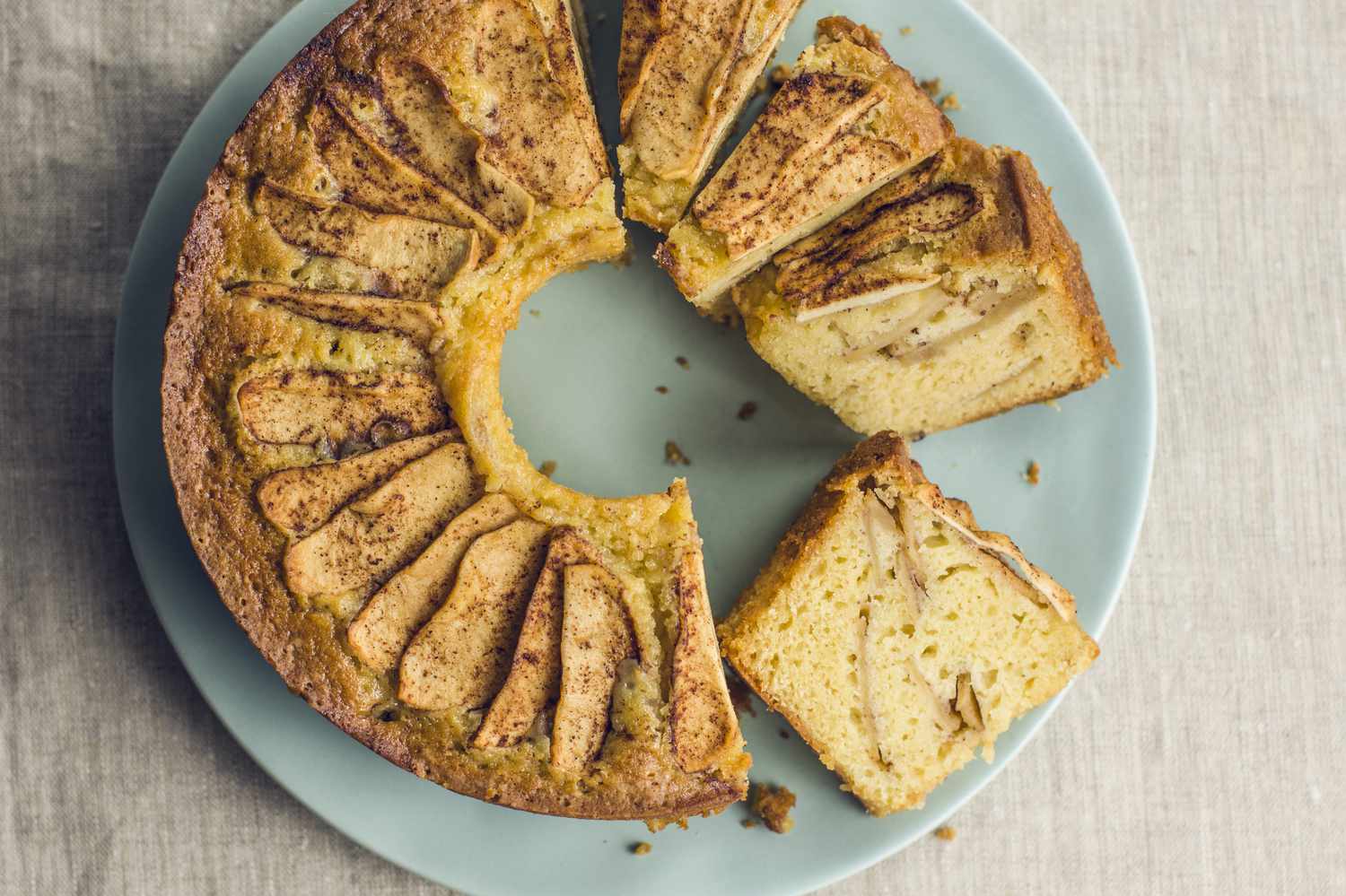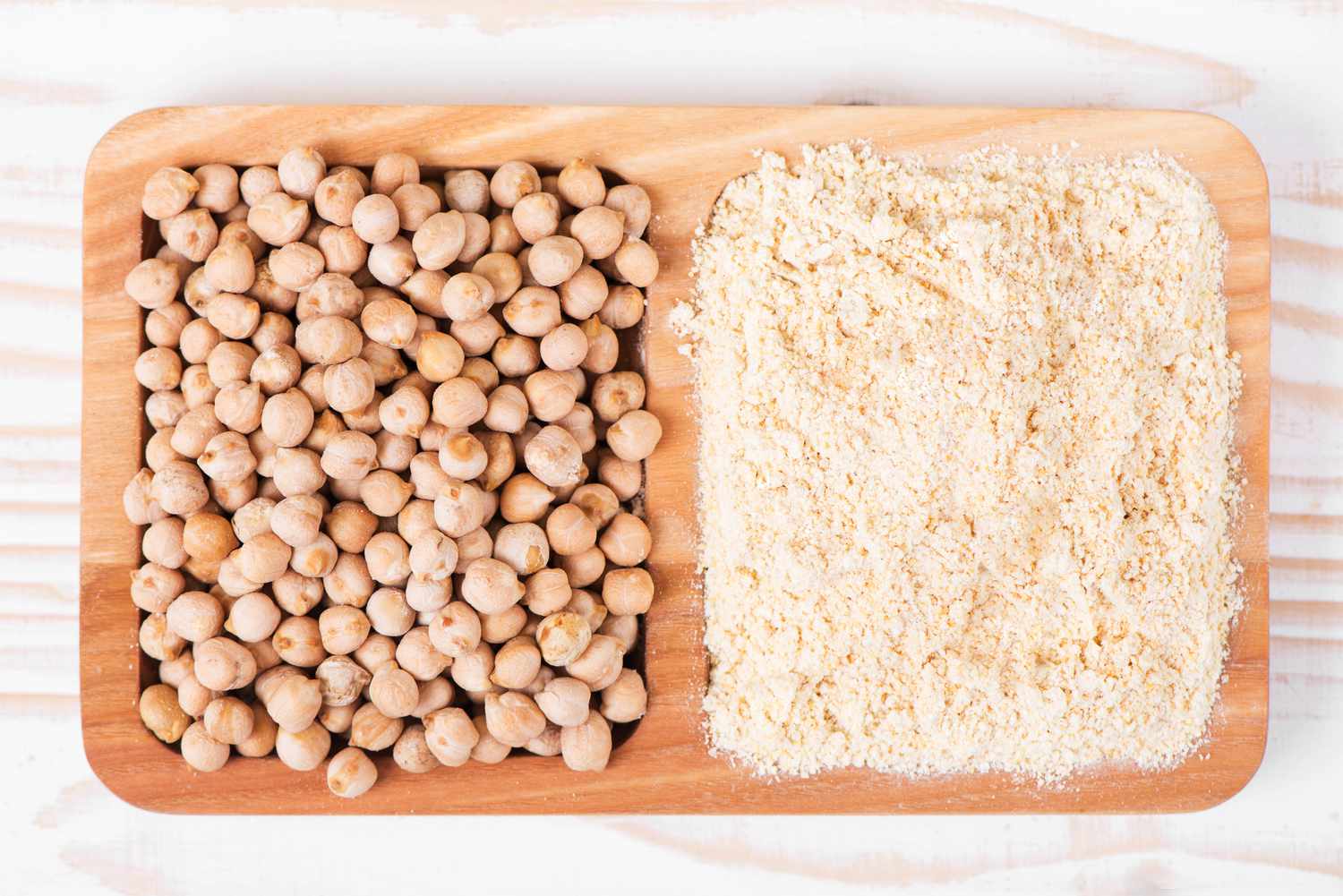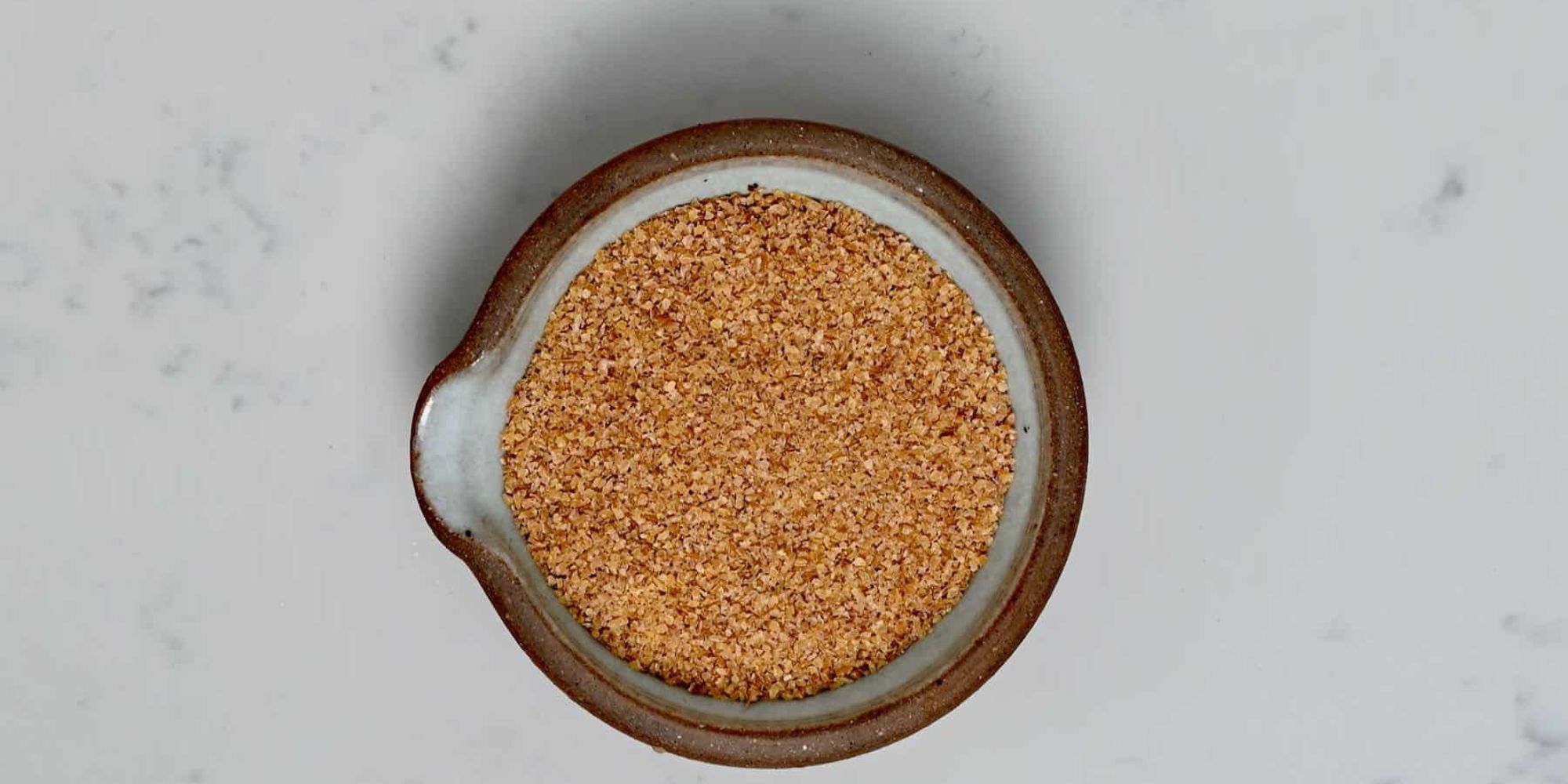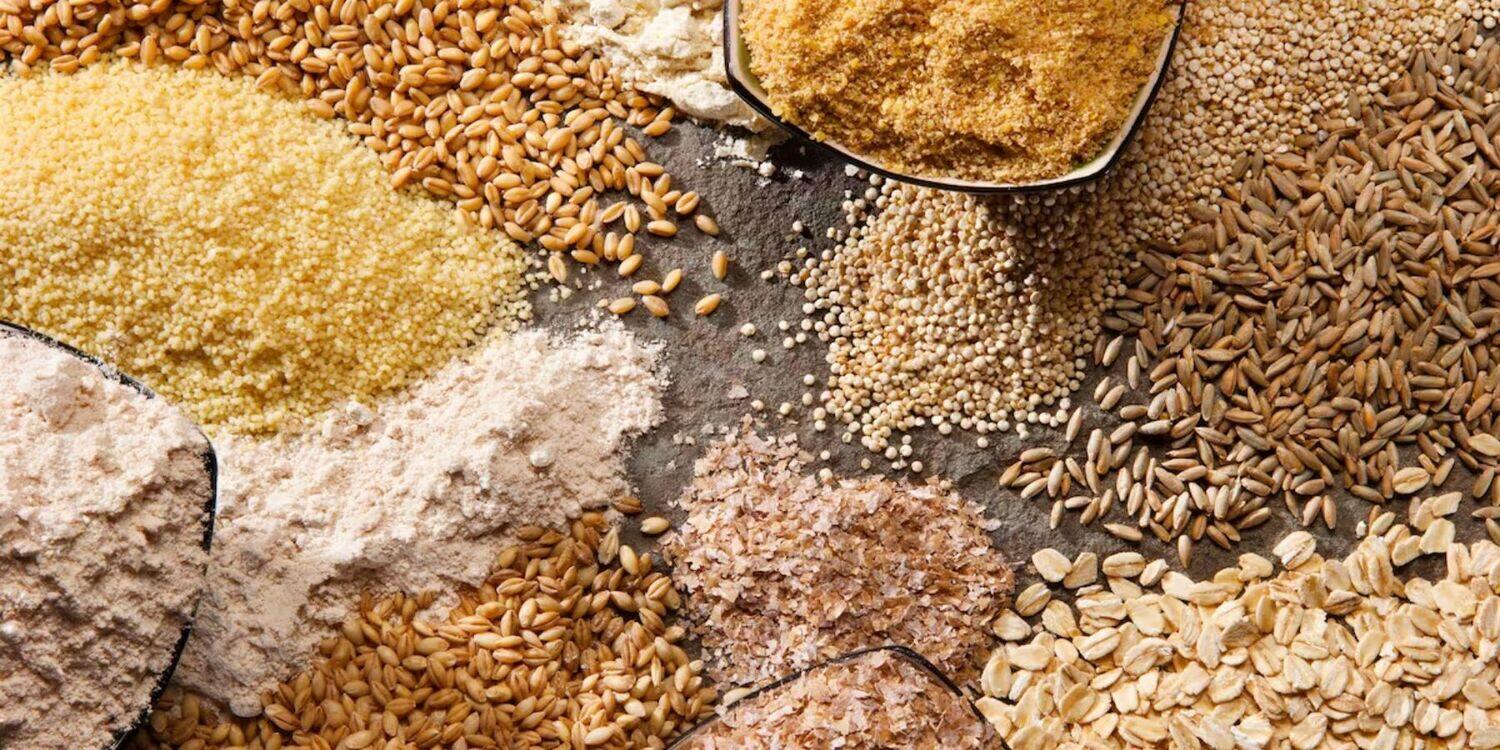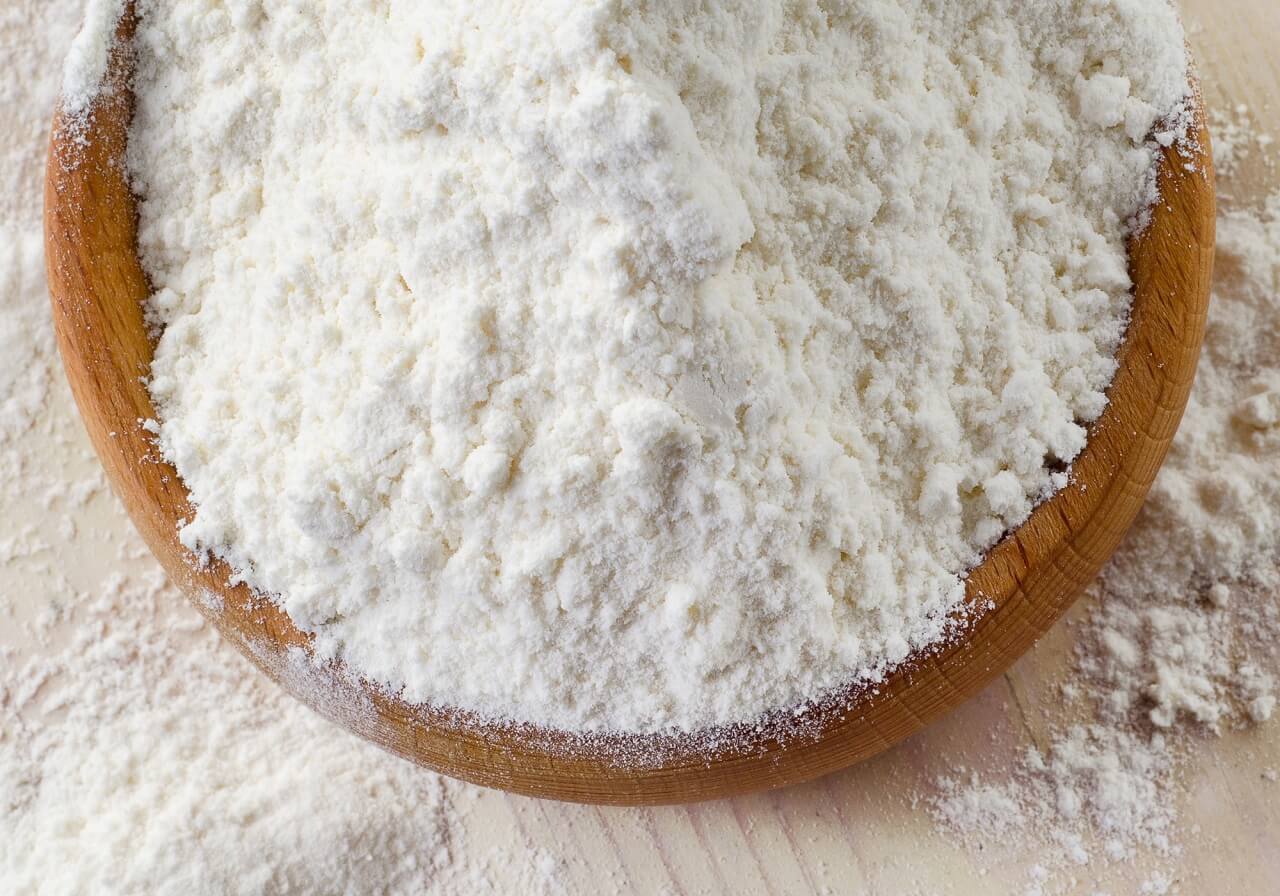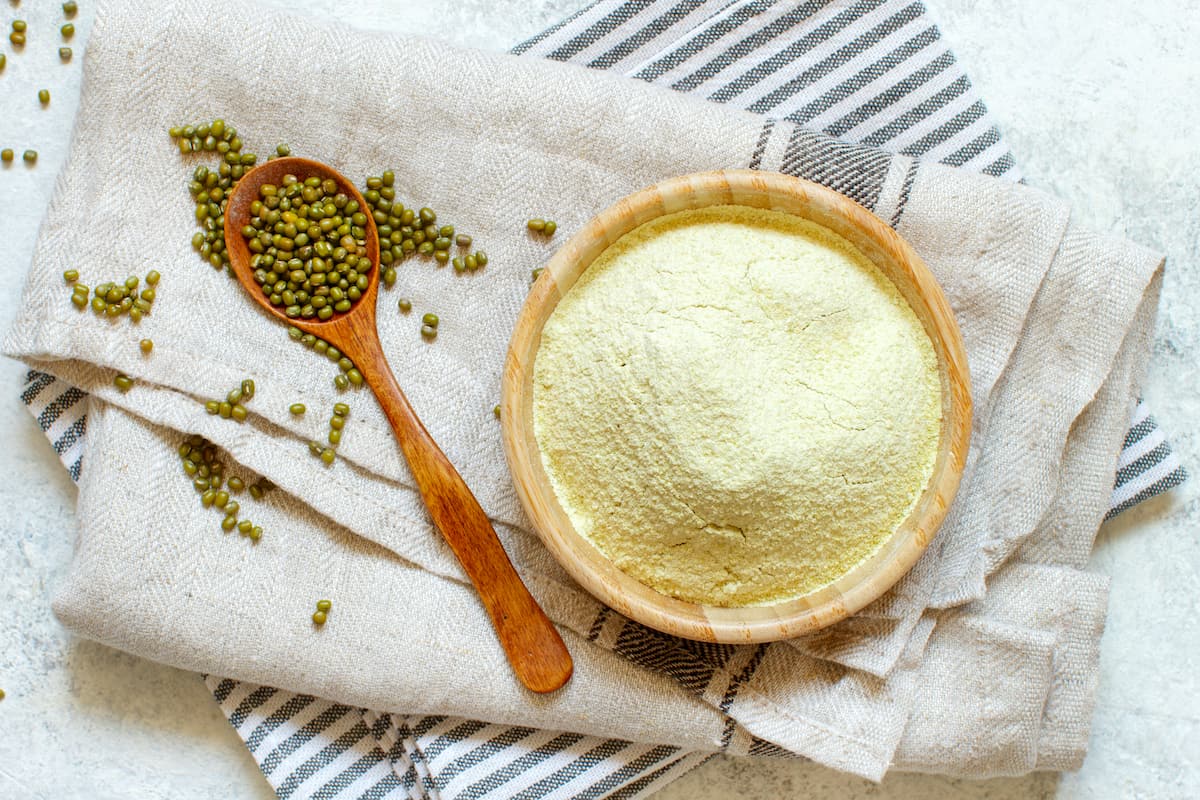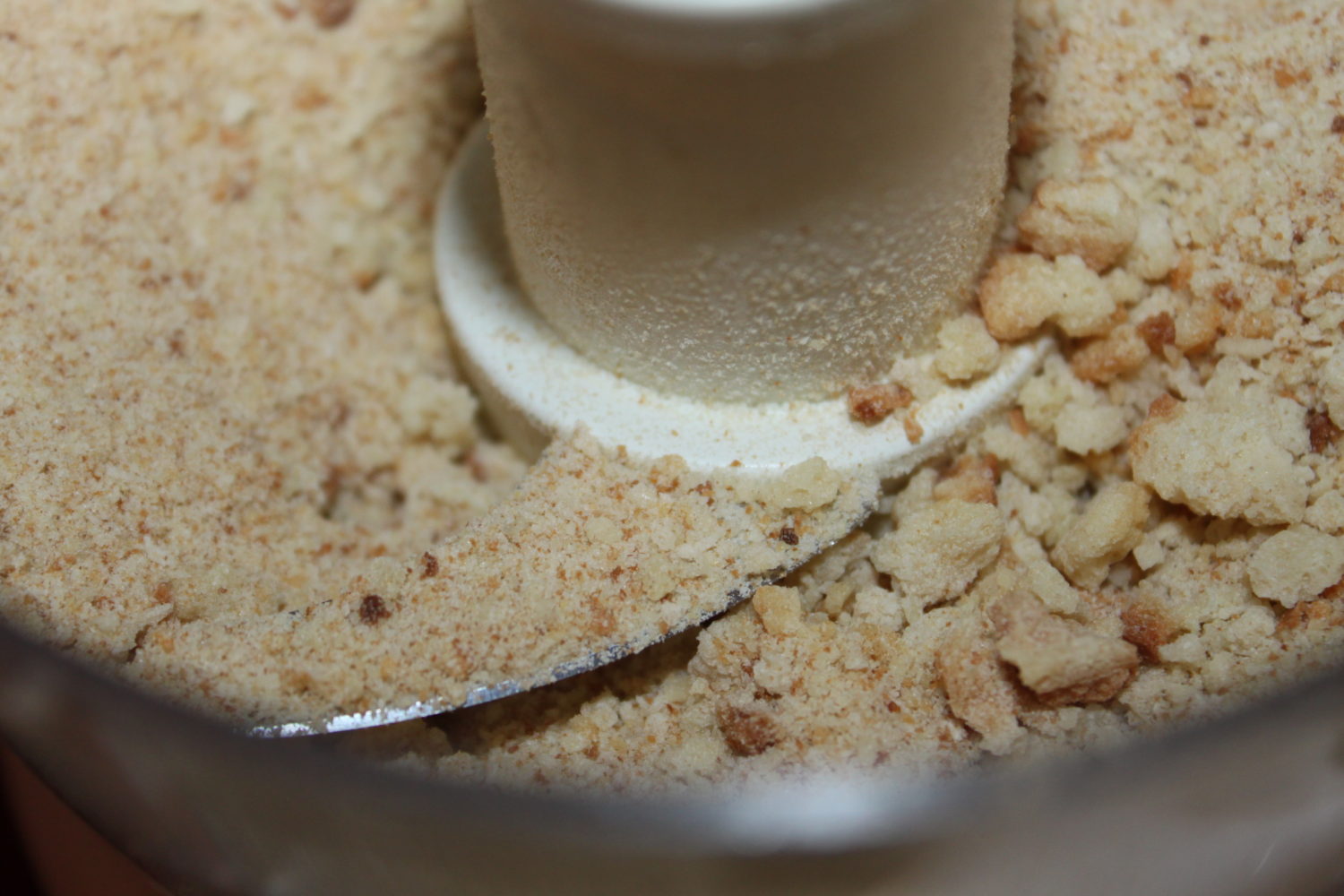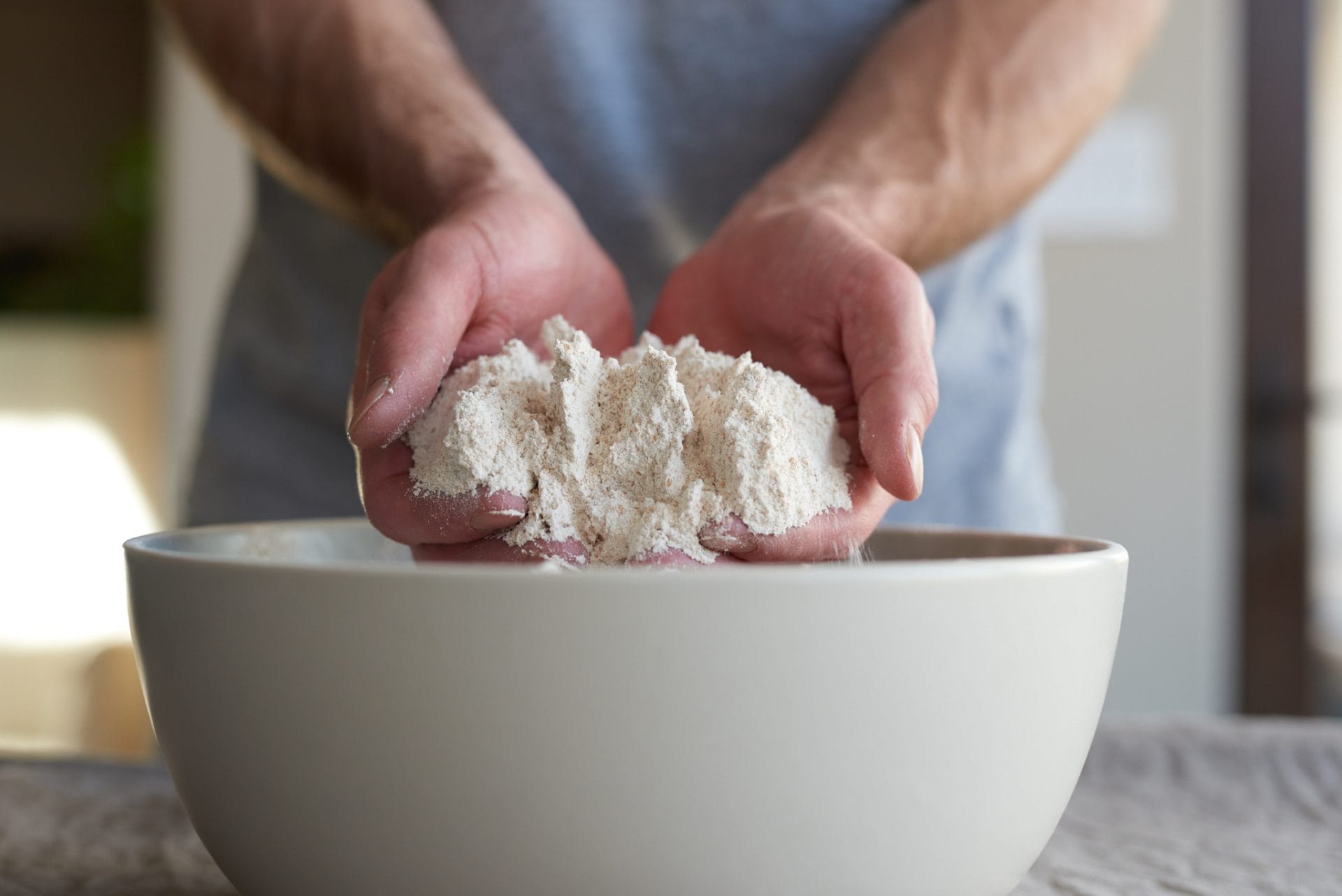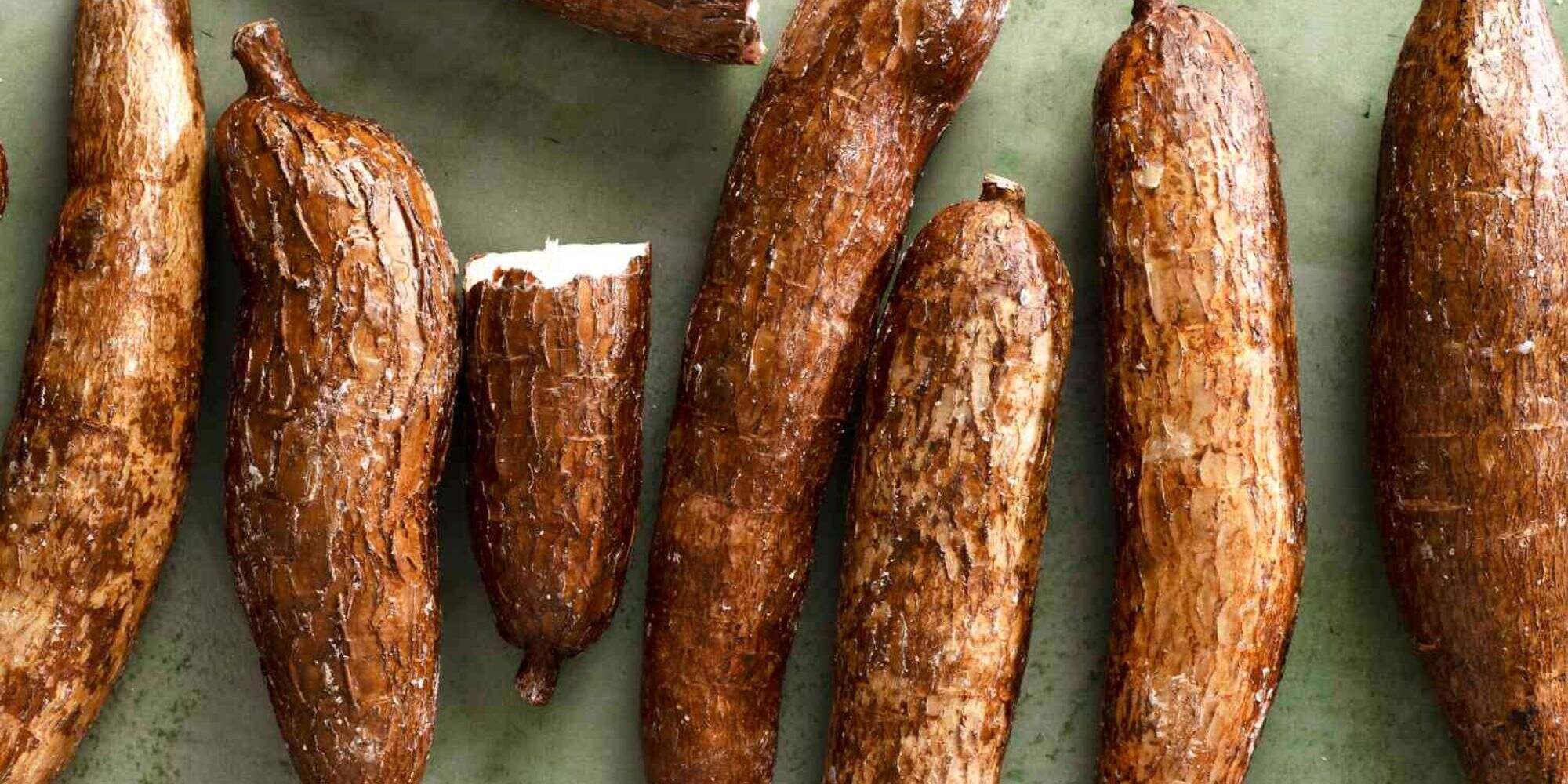Grinding Wheat to Flour: A Beginner’s Guide
Welcome to the wonderful world of home milling! If you’re looking to take your baking to the next level, learning how to grind your own wheat into flour is a game-changer. Not only does it allow you to have complete control over the quality and freshness of your flour, but it also opens up a whole new world of flavor and nutrition. In this guide, we’ll walk you through the process of grinding wheat to flour at home, so you can enjoy the benefits of freshly milled flour in your favorite recipes.
Choosing the Right Wheat
Before you start grinding, it’s important to choose the right type of wheat. Hard red wheat is the most common choice for home milling, as it produces a flour that is ideal for bread baking. Soft white wheat, on the other hand, is better suited for pastries and cakes. You can also experiment with other varieties like spelt or kamut for unique flavors and textures.
Preparing the Wheat Berries
Once you have your wheat berries, it’s time to prepare them for grinding. Start by inspecting the berries and removing any debris or stones. Then, give them a quick rinse under cold water to remove any dust or residue. After rinsing, spread the berries out on a clean kitchen towel and allow them to air dry for a few hours. Dry berries will grind more efficiently and produce a finer flour.
Grinding the Wheat
There are a few different methods for grinding wheat at home, but the most common and accessible option is to use a grain mill. Electric grain mills offer convenience and speed, while manual mills allow for a more hands-on approach. Whichever type of mill you choose, be sure to follow the manufacturer’s instructions for adjusting the coarseness of the grind.
When you’re ready to start grinding, feed the wheat berries into the mill and collect the freshly ground flour as it exits the machine. For a finer flour, you can pass the ground flour through the mill a second time. Remember to store your freshly ground flour in an airtight container in a cool, dark place to maintain its freshness.
Using Freshly Ground Flour
Now that you have a batch of freshly ground flour, it’s time to put it to use! Whether you’re making bread, pancakes, or pastries, the flavor and nutritional benefits of freshly ground flour will take your recipes to new heights. Keep in mind that freshly ground flour may behave slightly differently than store-bought flour, so you may need to adjust the hydration levels in your recipes accordingly.
Benefits of Grinding Your Own Flour
- Freshness: Store-bought flour can sit on the shelf for months, while freshly ground flour is at its peak flavor and nutrition.
- Nutritional Value: The oils in wheat germ start to oxidize as soon as the wheat is ground, so freshly ground flour retains more nutrients.
- Customization: You can blend different types of wheat to create your own custom flour blends with unique flavors and textures.
- Cost Savings: Buying whole wheat berries in bulk is often more economical than purchasing pre-ground flour.
Conclusion
Grinding wheat to flour at home is a rewarding and empowering process that allows you to take control of your baking ingredients. With the right tools and techniques, you can enjoy the superior flavor, nutrition, and versatility of freshly ground flour in your favorite recipes. So, why not give it a try and elevate your baking game with the magic of freshly milled flour?
Was this page helpful?
rufinabello.clippingpathcenter@gmail.com
Hi I am Rufina Bello from Bangladesh working as a marketing offer in Clipping path center. Cooking is my passion I love to cook for my family but I have got a little time for it. I am a very busy person, except for all this, I always try to do something interesting. I am also an expert in online marking and My company has enough skilled graphic designers who are experts in all photo-related works like background editing, color correction, image manipulating, masking, and retouching they are highly professional and skilled designers on this platform. I am very passionate about my work and I graduated from Toronto University Canada in IT. Good day
